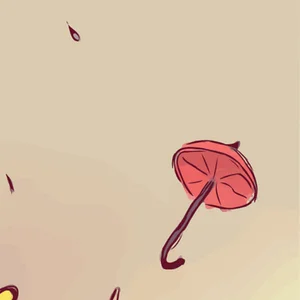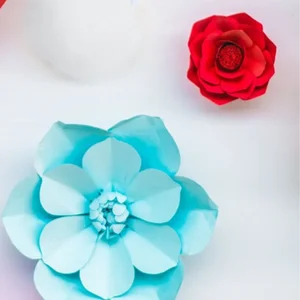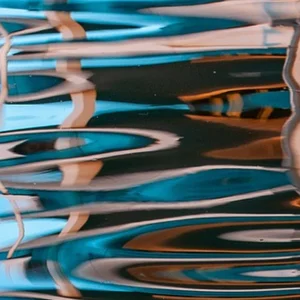I’m a slow writer. One, because I’m not a writer and it takes a relatively long time for me to translate my ideas into articles and second, because I contemplate ideas and my mind wonders, it gets lost in asking different questions and I find myself exploring new layers or even totally unrelated ideas.
When I began the “visibility series” (you can read the previous articles here , here and here) I initially saw three angles. But then I couldn’t help but wonder: in a world where everyone’s trying to be seen, have we accidentally made not wanting to be seen the most seductive performance of all? Is it the new badge of honor?
It’s almost like we’ve become art directors of our own humility. We curate our candid moments, craft our spontaneous thoughts, and time our authentic revelations for maximum impact.
There might be an interesting progression. Stage 1: Raw need – “See me, validate me, love me.” Stage 2: Performed confidence – ”Look how worthy I am of your attention” Stage 3: Wounded awareness “I am aware that I seek attention, and I so hate that” Stage 4: Sophisticated deflection “I don’t need any attention”
Stage 4 is probably the most complex, intricate of all. It’s like a dance with too many steps and unclear rules: seeking visibility through the very act of appearing to reject it. We are conscious enough to recognize the need to be seen and validated, conscious enough to want a different approach, but not there yet to heal the underlying wound.
What’s truly brilliant about this strategy? We figured that in a world of shouting, whispering gets you heard. Think about it. When everyone’s performing confidence, the one who musters the courage to admit uncertainty becomes magnetic. When everyone’s celebrating wins, the one who talks about failure becomes fascinating. Could this be the dating equivalent of “The unavailable becomes available. The disinterested becomes interesting?”
Can ego be a master of disguise? Did it learn to speak the language of humility while still serving its original function: getting us noticed, valued, remembered? It clothes itself as wisdom, speaks in terms of service, and presents itself as having transcended the very thing it’s still desperately seeking.
“I don’t usually share personal things, but…” “I’m not one to brag, however…” I know this might sound arrogant, yet…” I don’t need recognition for my work, although…” They are all linguistic patterns that provide multiple layers of protection: if called out, we can point out to humility; if ignored, we can feel superior to those ‘shallow” who need obvious validation; if praised, we can graciously accept while maintaining a self image as someone above such needs.
What is most tragic about this pattern is the internal fracture it creates: on one hand we believe our own humility performance. We’ve told ourselves the story so convincingly that we can’t recognize our own patterns. On the other had we are still consumed by our need to be seen and validated. Trapped in a war with ourselves: we can’t enjoy recognition because we are supposed to be above such needs but burning with disappointment when recognition it doesn’t come. Trapped in a loop of performance we can’t even acknowledge: seeking validation for our lack of seeking validation.
We now see the rise of curated modesty living alongside the hunger to bee seen. As I contemplated these patterns more closely, I realized:
This isn’t hypocrisy. It’s adaptation.
The question is: Is this conscious or unconscious? Are we deliberately crafting these humble personas, or is this happening at a level are not even aware of?
What if it’s both?
And we end up in this strange space where we’re genuinely trying to be genuine while unconsciously performing genuineness. We’re authentically trying to be authentic while unknowingly packaging authenticity for consumption.
A painful, exhausting pattern. A constant swing between wanting to be seen and performing modesty. It blurs values and distorts perceptions. It’s like being trapped in a hall of mirrors where every reflection shows you something slightly different, and you can never quite find the real you.
And it looks, again, like a never ending loop. But it has an interesting way out: when we trace these patterns back to their source – not to blame (that would be such an unfortunate trap) but to understand the logic that once made perfect sense , we can see the wound for what it actually is: ONE interpretation, one meaning assigned to certain events, NOT the ONLY one. The child who learned that love came with conditions. The teenager who discovered that authenticity felt too risky. The young adult who crafted elaborate strategies to get needs met while pretending not to have them. What we once assigned to those experiences can always be questioned, expanded, updated.
It’s not about ignoring or forcefully eliminating the contradiction but exploring and reframing to create a different relationship from within.
The integration of light and shadow, need and fulfillment, humility and radiance – it’s not a fantasy.
It becomes a lived possibility.
Shared with Love,
Gabriela
This article is part of a series exploring different angles and dimensions of this topic. You can read the previous articles here , here and here.
I don’t pretend I KNOW. I write from my experience and from my heart, hoping that what I share will be the support someone needs on their journey. I reserve the right to be wrong and change my mind as I grow in my own understanding.
Have questions, comments or suggestions? Please never hesitate to reach out, I always reply to messages gabriela@experiencetruewealth.com
Join the subscription-based version of the blog to receive exclusive content and practical exercises that meet you where you are, whether you’re searching for clarity, courage, or simply a moment of stillness and guide you deep into your journey.






